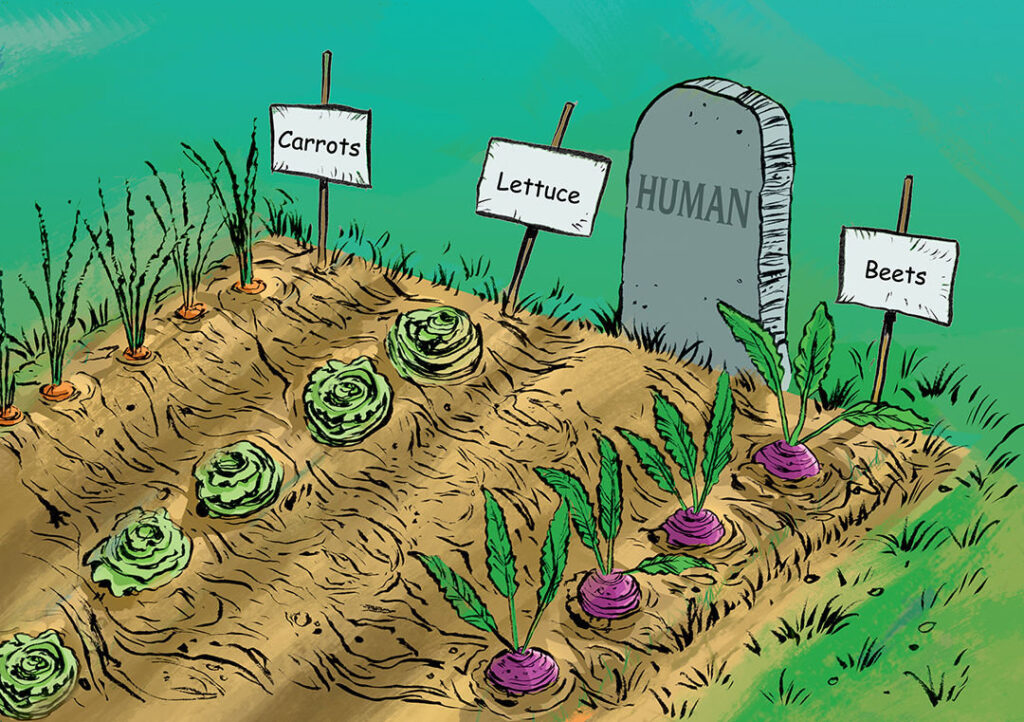![]()

Sometimes, the garbage in my kitchen pail really stinks.
Most of the time, it’s because somebody threw a food item into the pail a few days ago and now it is rotting away. It’s plain and simple. Old, rotting food stinks after a few days, especially during hot weather. We spend hundreds of dollars every year on garbage bags to camouflage the odor from rotting food.
I don’t believe there is a law against tossing garbage directly into the outside garbage pails without a bag, but no one does that. Even garbage bags, from time to time, break, causing a mess inside the pail. Ignore the garbage, and it will eventually begin to stink.
Long Islanders with large properties sometimes create compost piles to store food scraps and lawn trimmings, allowing Mother Nature to break them down naturally. The process takes a few months, but eventually, composters are rewarded with nutrient-rich soil for use in their gardens. Of course, composting piles are often accompanied by a specific offending odor. Most of us, with meager 75 x 100 properties, want to keep our neighbors happy. Composting is usually not an option.
Recently, New York became the sixth state nationally to legalize human composting after death. The process actually has a name, “terramation,” but is also referred to as “Natural Organic Reduction.” Washington State became the first to allow human composting in 2019, followed by Vermont, Oregon, Colorado, and California.
To set the record straight, you can’t just dump Uncle Leo into your composting bin with apple cores, egg shells, and lawn trimmings. The process of human composting is quite involved. Recompose, a green funeral home that operates out of Seattle, Washington, offers human composting as an option, along with traditional funeral services and cremation. According to Recompose founder Katrina Spade, “The body is placed in a reusable vessel along with plant materials such as wood chips, alfalfa, and straw.” The vessel is then stored at a unique facility to allow the microbes and bacteria to break down the body over a month or so.
When all is said and done, the entire process takes about 120 days as the material needs to be “cured” for another two to six weeks. The result is about a cubic yard of what is described as “soil amendment.” Human composting produces about three times as much material as a bag of potting soil, which you can buy from any nursery. That’s plenty of a composted Uncle Leo to spread around his favorite tomato plants.
The cost for human composting is about $7,000, which includes pickup and composting. It’s more expensive than cremation but less than a full funeral.
When you think about it, returning a deceased loved one to the soil is not that different than when we traditionally bury our dead, except it takes up less space. It may be better because a toxic substance like formaldehyde doesn’t replace your body fluids. Cremation is how I want to go, mostly because I’m claustrophobic.
But human composting?
That’s a little too out there for me. I already hate bugs. The thought of being confined in a box for two months surrounded by wood chips and alfalfa with no air conditioning sounds more like Hell than Heaven.
I get it. We are running out of space to bury people, especially downstate and here on Long Island. I also understand how energy-inefficient cremation is, requiring much energy to heat an oven above 1,400 degrees Fahrenheit. At least with cremation, your family gets a lovely vase with ashes they can put in the living room. Human composting might be more environmentally friendly, but the last thing I need to leave my loved ones is a lasting odor. They get enough of that from me when I’m alive.
Besides, I’m already doing my part for the environment by recycling and separating paper from glass. Now they want my body, too?
